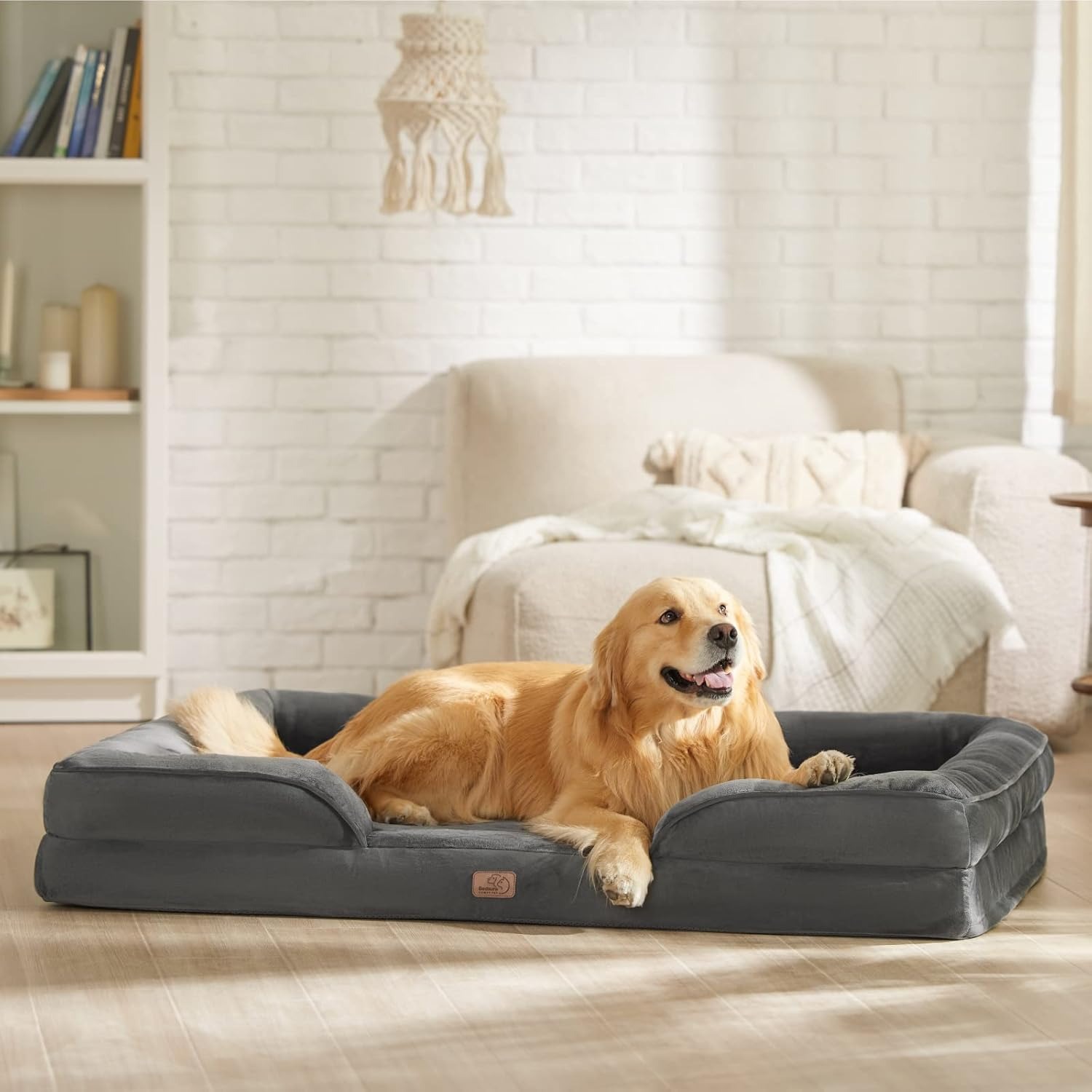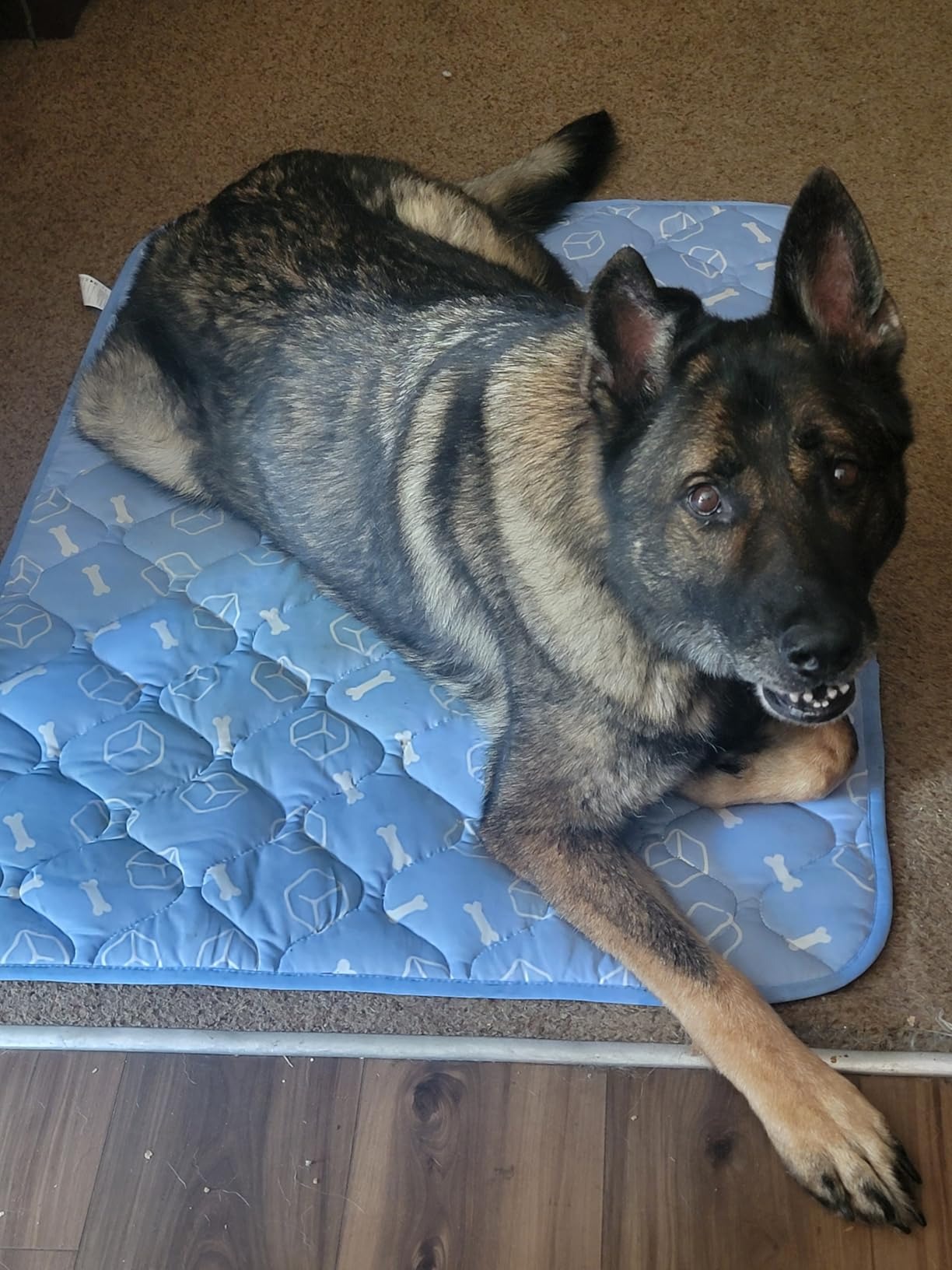Choosing the right collar for your dog is essential for their comfort, safety, and training. With a myriad of options available, understanding the different types of collars can help you make an informed decision that benefits both you and your furry friend. This guide will dive into the various types of collars, their uses, advantages and disadvantages, along with insights into how to select the best collar suited for your dog’s needs.
Understanding Dog Collars
What is a Dog collar?
A dog collars are a band, typically made from durable material, that a dog wears around its neck. Collars serve several functions, including identifying the dog, providing a means to attach a leash, and aiding in training. The design and functionality of a collar can vary widely based on the dog’s size, breed, and specific needs. The choice of collar is a fundamental decision for dog owners, as it can significantly impact the dog’s behavior and comfort during walks and other activities.
Why is a Good Collar Important?
A good collar is crucial not only for control but also for the dog’s safety. A properly fitted collar can prevent escape, while improper sizing can lead to discomfort and even injury. Moreover, collars can come with tags that hold essential information—this is vital in case the dog gets lost. Additionally, the right collar can enhance training efforts, making it easier to teach your dog commands and behaviors. Thus, understanding the importance of a quality collar will help guide your choice.
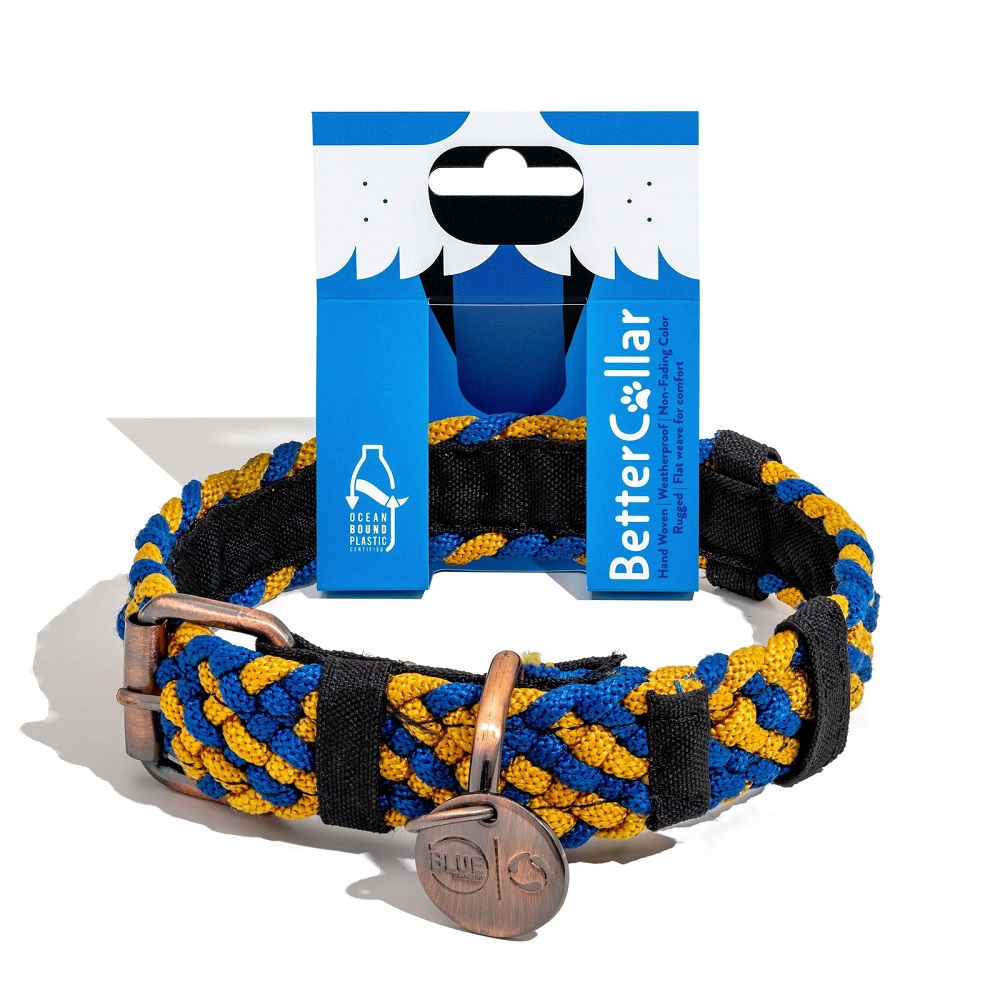
Types of Dog Collars
Flat Collars: The Classic Choice
Flat collars are perhaps the most common type of collar found on dogs today. They can be made from nylon, leather, or other materials and are designed to provide a comfortable fit around the dog’s neck. Flat collars are typically adjustable, allowing you to fine-tune the size for your dog.
Pros of Flat Collars
One of the major benefits of flat collars is their versatility. They come in various colors and designs, enabling dog owners to express their pet’s personality. Additionally, flat collars are ideal for attaching ID tags and leashes. They are also relatively easy to put on and remove.
Cons of Flat Collars
However, flat collars can pose certain risks, especially if a dog pulls or is prone to escaping. If a collar is too loose, it can slip off; if too tight, it can cause discomfort or injury. For dogs that are strong pullers, flat collars may not provide enough control during walks. Therefore, it’s essential to choose the right fit and be aware of the potential drawbacks.
Martingale Collars: A Training Aid
Martingale collars, often referred to as limited-slip collars, consist of two loops: one that goes around the dog’s neck and another that is adjustable. They are designed to provide more control without the choking effect of traditional collars, making them particularly popular for trainers.
How Martingale Collars Work
When the dog pulls, the martingale collar tightens slightly but does not constrict like a choke collar. This function helps to prevent the dog from escaping, making them especially useful for breeds with narrower heads like Greyhounds or Whippets.
Suitable Usage of Martingale Collars
Martingale collars are best used during training sessions or walks, particularly for dogs that are still learning to walk on a leash. However, they should not be used for tie-out purposes or left on an unsupervised dog, as they can pose a choking hazard if the dog gets caught on something.
Harnesses as an Alternative
Benefits of Using a Harness
While not a collar per se, harnesses are an essential alternative to traditional dog collars. They distribute pressure evenly across the dog’s body, making them ideal for dogs that pull or have respiratory issues. Harnesses are particularly beneficial for small dogs or those with sensitive necks, such as breeds prone to tracheal collapse.
Types of Harnesses Available
There are various styles of harnesses, including front-clip, back-clip, and dual-clip options. Each type serves a different purpose. Front-clip harnesses discourage pulling by steering the dog back towards you, while back-clip harnesses are easier to put on and allow for more comfortable movement for the dog. Choosing the right harness depends on your dog’s unique pull behavior and needs.
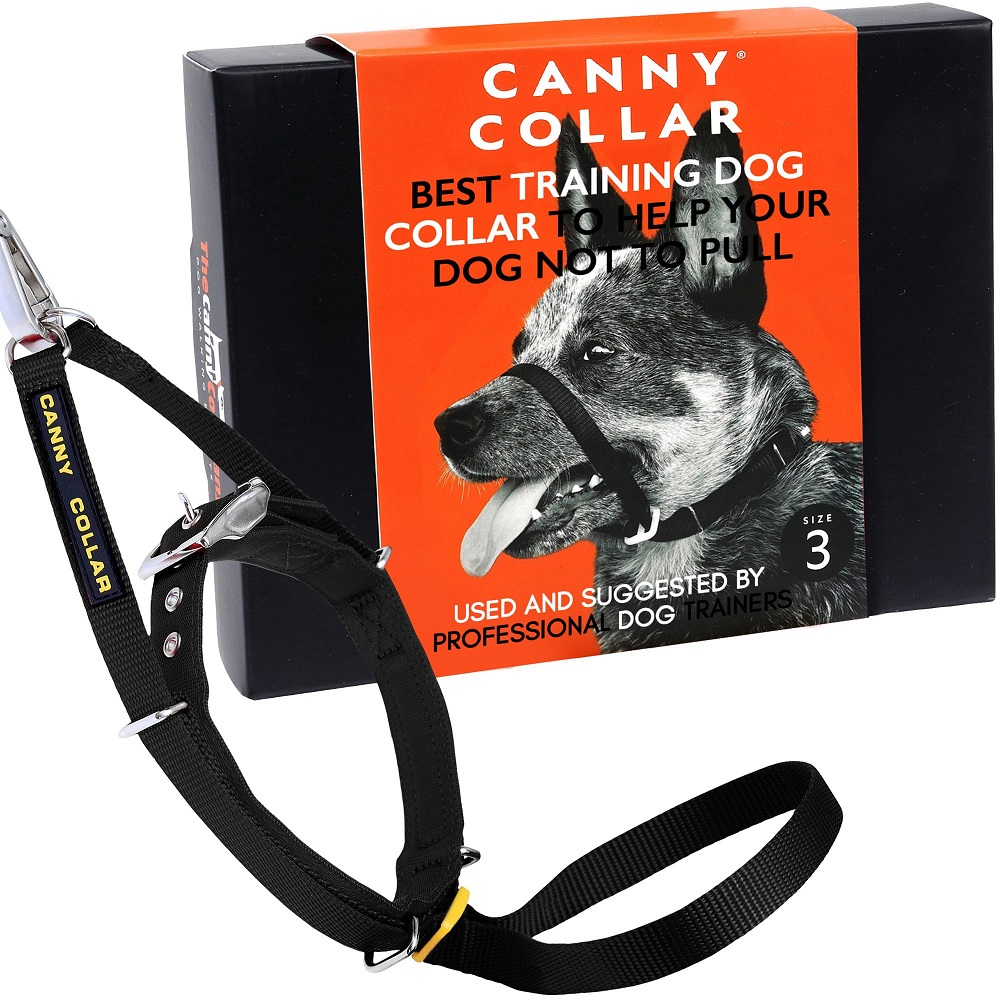
Choke Chains and Prong Collars
Understanding Controversial Options
Choke chains and prong collars are often considered controversial due to their potential for misuse and the fear of causing harm to the dog. These types of collars are designed to deliver a correction when a dog pulls, with the intention of training the dog to walk properly.
Potential Risks Associated
While these collars can be effective tools in the hands of experienced trainers, they also come with substantial risks. Misuse can lead to physical injury, including damage to the throat or spine, as well as emotional distress for the dog. As such, they should only be used with caution and typically as a last resort if other training methods have failed.
Selecting the Right Collar for Your Dog
Factors to Consider
When choosing the right collar for your dog, several factors come into play. The dog’s size, breed, age, and temperament are crucial to ensuring comfort and effectiveness. A collar that works well for a small terrier may not be appropriate for a large Saint Bernard.
Proper Sizing and Measurement
It’s essential to measure your dog’s neck accurately. Use a flexible tape measure to determine the circumference of your dog’s neck. Ensure that you can fit two fingers between the collar and the dog’s neck for a comfortable fit. Suppliers typically include sizing charts, and this is a crucial tool when shopping for collars online.
Purpose of the Collar
Consider the purpose of the collar you’re selecting. Are you looking for a basic identification collar, or do you need something for training? Knowing the primary function will streamline your options and lead to a more effective purchase. For example, if training is the goal, a martingale collar may be more appropriate than a traditional flat collar.
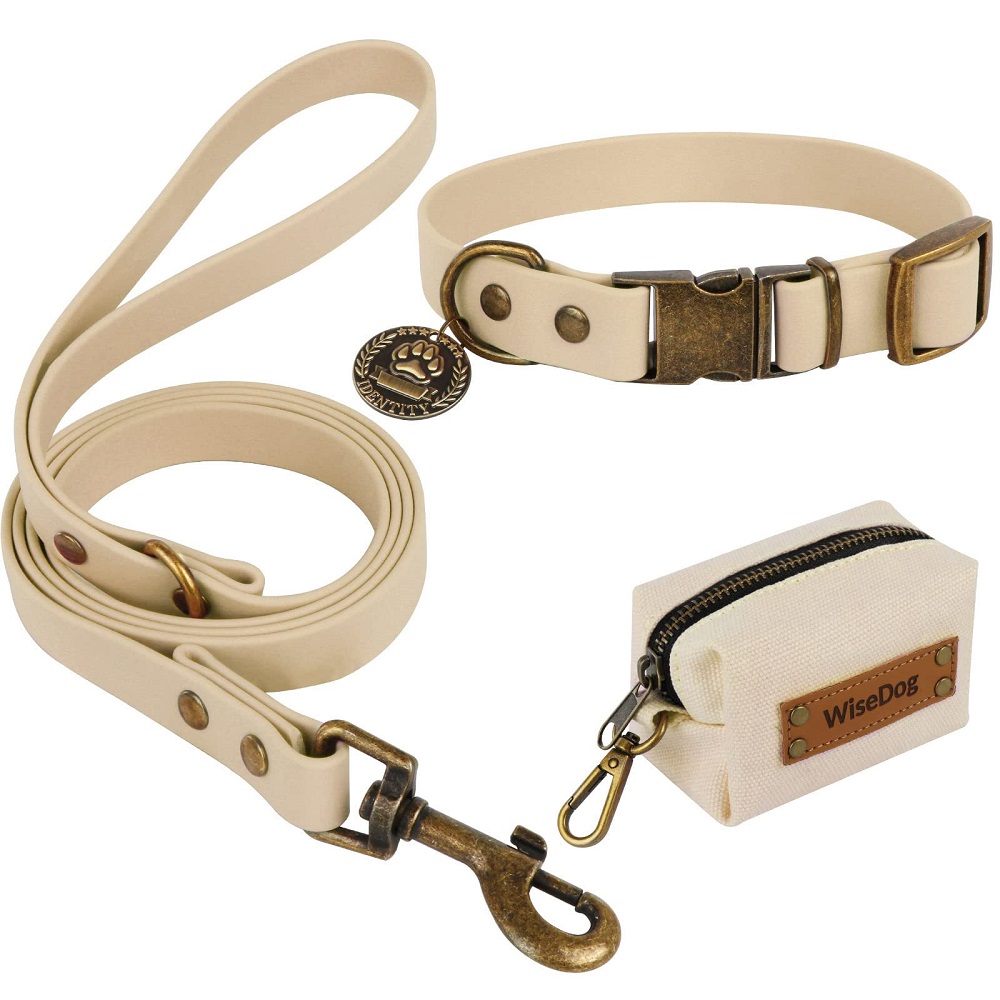
Safety and Comfort Considerations
Ensuring Safety
Safety should always be a top priority when choosing dog collars. Avoid collars with metal spikes or excessive decorations that could snag on objects and pose choking hazards. Regularly check the collar for wear and tear and replace it as needed, as materials can degrade over time.
When to Avoid Collars
If your dog has a history of pulling or escaping, or if they have certain medical conditions, you may need to consider alternatives like a harness. Additionally, during warm months, ensure the collar is lightweight and breathable to avoid causing your dog to overheat.
Comfort Level
Comfort is another critical aspect. If your dog seems uncomfortable or tries to scratch at its collar, it’s essential to reassess the type of collar being used. Always consult with your veterinarian, especially if you’re considering an unfamiliar collar type. This will help ensure that you provide the best for your canine companion.
Conclusion
Selecting the right collar for your dog is about more than just looks; it involves careful consideration of comfort, safety, and functionality. By understanding the different types of collars and their purposes, you can make an informed choice that caters specifically to your dog’s needs. Remember that your dog is unique, and what works for one may not work for another. Be patient and flexible in your approach, and you’ll find the perfect collar that keeps your furry friend safe, happy, and stylish.






